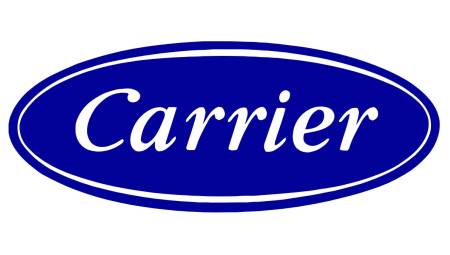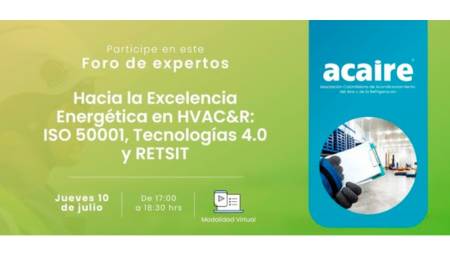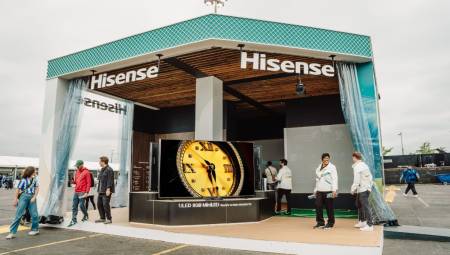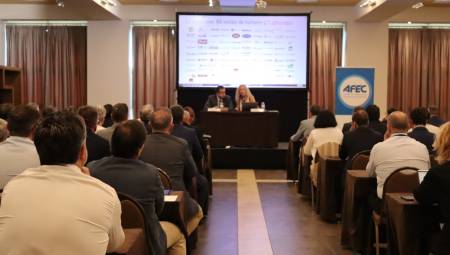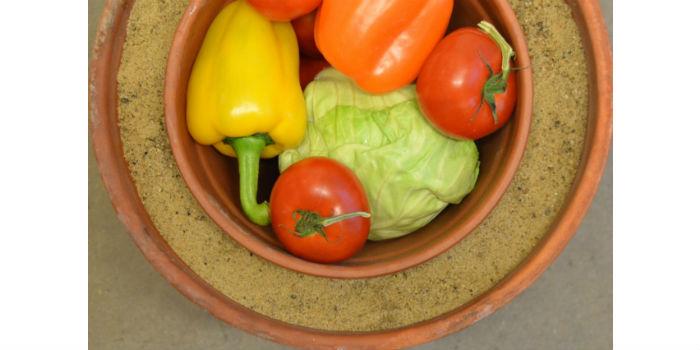 International. Across the Sahel, a semi-arid region of West and North Central Africa stretching from Senegal to Sudan, many smallholder farmers, market vendors and families lack an affordable and effective solution for storing and conserving vegetables. As a result, harvested vegetables run the risk of spoiling before they can be sold or eaten.
International. Across the Sahel, a semi-arid region of West and North Central Africa stretching from Senegal to Sudan, many smallholder farmers, market vendors and families lack an affordable and effective solution for storing and conserving vegetables. As a result, harvested vegetables run the risk of spoiling before they can be sold or eaten.
However, as described in a recent report "Evaporative Cooling Technologies for Enhanced Plant Storage in Mali" by MIT's Comprehensive Technology Assessment Initiative (CITE) and MIT D-Lab, there are low-cost, low-tech solutions for communities in need of product refrigeration that they are based on an ancient method that exploits the air-cooling properties of water evaporation. Made from simple materials such as bricks or clay pots, burlap sacks or straw, these devices have the potential to address many of the challenges faced by rural households and farmers who need better post-harvest vegetable storage.
The study was carried out by a team of researchers led by Eric Verploegen of D-Lab and Ousmane Sanogo and Takemore Chagomoka of the World Vegetable Center, which is dedicated to ongoing work with horticultural cooperatives and farmers in Mali. To gain insight into the use and preferences of evaporative cooling devices, the team conducted interviews in Mali with users of refrigeration and storage systems and with stakeholders along the vegetable supply chain. They also implemented sensors to monitor product performance parameters.
Despite the potential of evaporative cooling technologies to meet a critical technological need, there is little consumer information available on the range of solutions available.
"Evaporative cooling devices for better plant storage have been around for centuries, and we want to provide the kind of information about these technologies that will help consumers decide which products are right for them given their local climate and their specific needs, "heels." says Verploegen, the evaluation lead.
Simple chambers cool vegetables through evaporation of water, in the same way that evaporation from perspiration cools the human body. When water (or perspiration) evaporates, it carries heat with it. And in less humid climates like Mali, where it's hot and dry, technologies that take advantage of this cooling process hold promise for effective plant conservation.
The team studied two different categories of plant cooling technologies: large-scale vegetable cooling chambers built with bricks, straw and sacks suitable for agricultural cooperatives, and devices made from clay vessels for individuals and small farmers. Over time, they monitored temperature and humidity changes within the devices to understand when they were most effective.
"As predicted," says Verploegen, "the real-world performance of these technologies was strongest in the dry season. We knew this was true in a laboratory testing environment, but we now have data documenting that a temperature drop of more than 8 degrees Celsius can be achieved in a real-world usage scenario."
The decrease in temperature, along with increased humidity and pest protection provided by the devices, resulted in a significant increase in the shelf life of commonly stored vegetables, such as tomatoes, cucumbers, eggplants, cabbages and hot peppers.
"Large-scale plant cooling devices made of brick performed significantly better than those made with straw or sacks, both from a technical performance standpoint and from a ease-of-use perspective," Verploegen notes. "For small-scale devices, we found fairly similar performance in different designs, indicating that the design constraints are not very rigid; if the basic principles of evaporative cooling are applied, a reasonably effective device can be made using locally available materials. This is an exciting result. It means that to scale the use of this process to keep vegetables fresh, we can look for ways to disseminate information and designs rather than develop and distribute physical products."
The results of the research indicate that evaporative cooling devices would provide great benefits to small farmers, to vegetable sellers in a market and to individual consumers who, due to financial or energy constraints, have no other options.
However, evaporative cooling devices are not appropriate for all environments: they are best suited for communities where there is access to water and plant storage is needed during hot, dry weather. And users must commit to serving the devices. Sensor data used in the study revealed that users were more inclined to water cooling devices in the dry season and reduce the use of the devices when the rainy season began.
Source: MIT.






